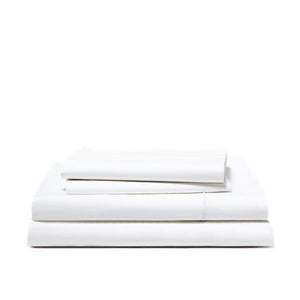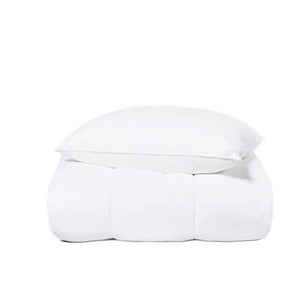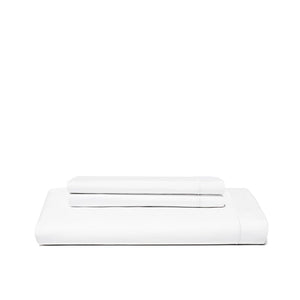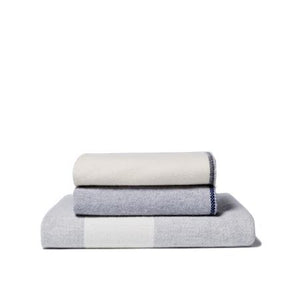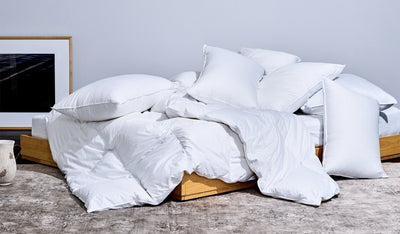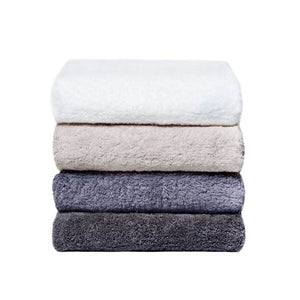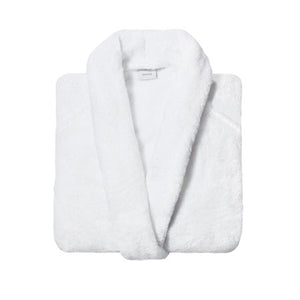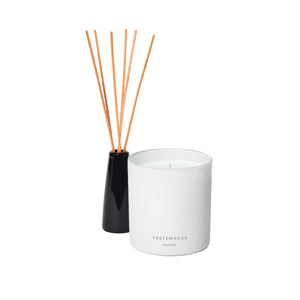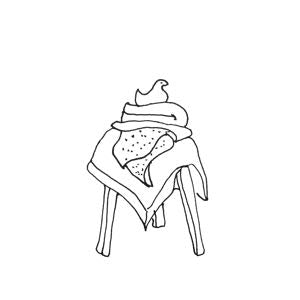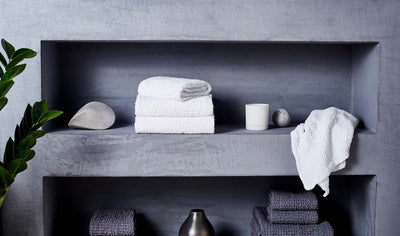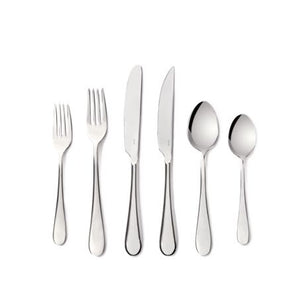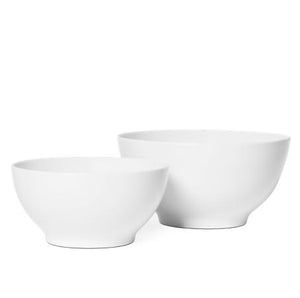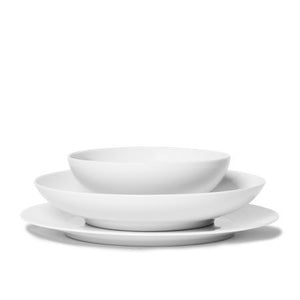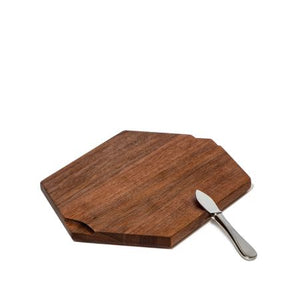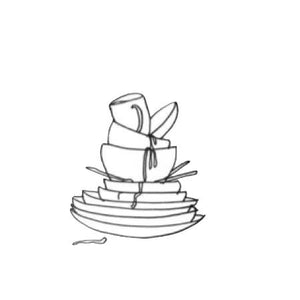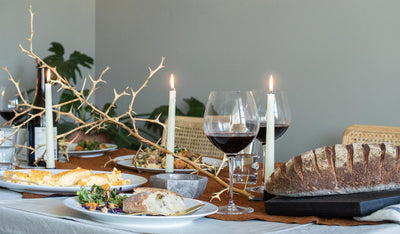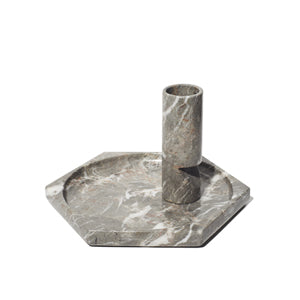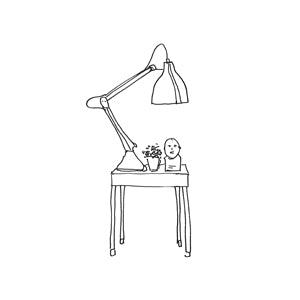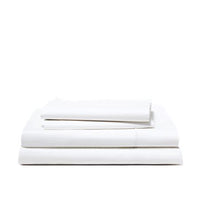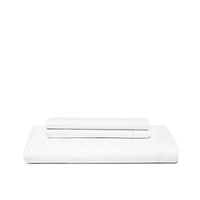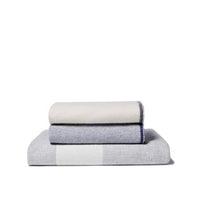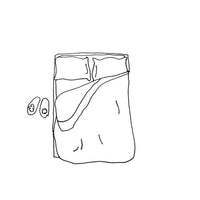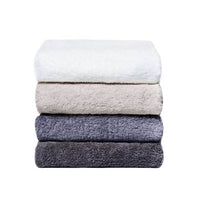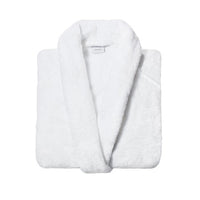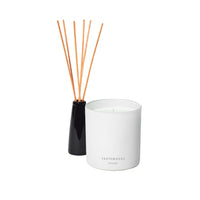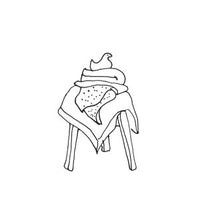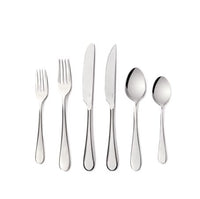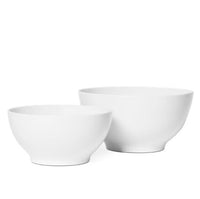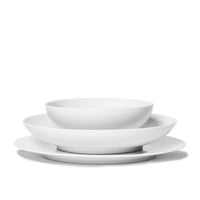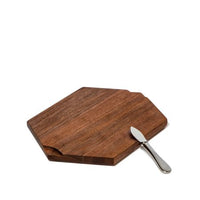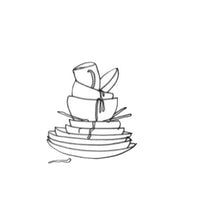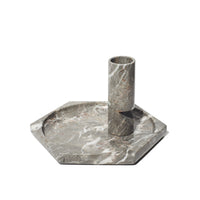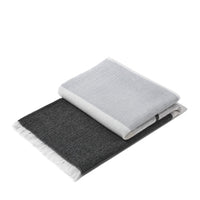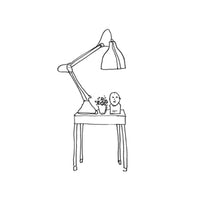A comfortable duvet is a type of bedding that acts as a fluffy, warm blanket, usually filled with down, feathers, or synthetic fibers. It's designed to provide comfort and warmth, making it an essential part of your bedding ensemble.

Unlike a comforter, a duvet requires a cover, which is like a large pillowcase. This cover not only protects the duvet but also allows you to easily change the look of your bed by swapping out the cover for different designs and colors.
Want to discover more about duvets in less than 5 minutes? Read on and learn more!
Knowing Duvets
The best duvet is a thick, quilted blanket that is inserted into its colorful or white duvet cover. It’s designed to be a single covering that can replace multiple layers of blankets and quilts on your bed.
Duvets are popular because they are versatile, easy to care for, and can instantly change the appearance of your bedroom with different covers.

A Quick Trivia
Duvets originated in Europe, and the name "duvet" comes from the French word for down, which is the soft layer of feathers found closest to a bird's skin. Traditionally, duvets were filled with down feathers, making them exceptionally warm and lightweight.
Today, duvets come with various fillings to suit different needs and preferences.
Difference Between a Duvet and Comforter
A duvet and a comforter might seem similar, but their differences lie in design and usage.
A duvet is typically a soft flat bag filled with down, feathers, wool, or a synthetic alternative, and is intended to be used with a removable cover called a duvet cover, which is easy to wash and change.

In contrast, a comforter is a single quilted piece, filled with insulating material, and is meant to be used on its own or with a top sheet, often making it a more low-maintenance option for bedding.
Choosing the Best Duvet
When selecting a duvet, consider the following factors:
Fill Material
- Down: Provides excellent warmth and is very lightweight. However, it can be more expensive and may cause allergies for some people.
- Synthetic: Hypoallergenic and usually more affordable. It mimics the feel of down but is often heavier.
- Feathers: More affordable than down, but heavier and less insulating.
Tog Rating
The tog rating measures a duvet's warmth. A higher tog rating means a warmer duvet. Choose a lower tog (4.5) for summer and a higher tog (13.5) for winter.
Size
Make sure to choose the right size duvet for your bed. Standard sizes include twin, full, queen, and king.
Care for Your Duvet
To keep your duvet in great condition, follow these care tips:

- Use a Duvet Cover: This protects the duvet from dirt and spills, and it’s easier to wash the cover regularly.
- Air Out Your Duvet: Occasionally, let your duvet air out by hanging it outside or in a well-ventilated area.
- Follow Care Instructions: Always check the care label for specific washing instructions. Some duvets are machine washable, while others may require professional cleaning.
Conclusion
A duvet is a soft, quilted blanket filled with down, feathers, or synthetic fibers, offering warmth and comfort.
It’s typically used with a removable cover, making it easy to clean and versatile for different seasons.
For the ultimate in cozy comfort, explore our high-quality duvet products today!
Frequently Asked Questions
How do I use a duvet cover?
Slide the duvet into the cover, then secure it with buttons, zippers, or ties. The cover protects the duvet and makes it easy to change the look of your bedding.
Can I wash my duvet?
Most duvet covers can be machine washed, but the duvet itself may need less frequent cleaning. Always check the care label for specific instructions.
What size duvet should I get?
Choose a duvet that matches your bed size—twin, full, queen, or king. Ensure it drapes nicely over the sides of your bed for full coverage.
Are duvets better than comforters?
Duvets offer versatility because you can change the cover to match your decor. Comforters are usually one-piece and decorative, but they may need more frequent washing.
